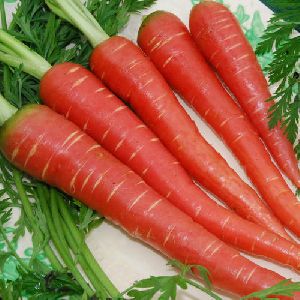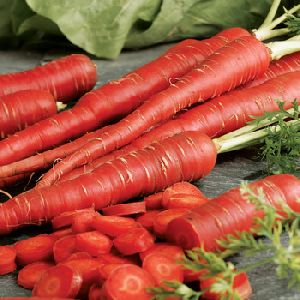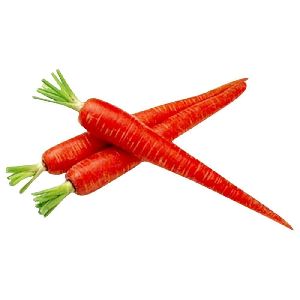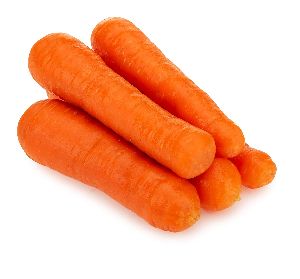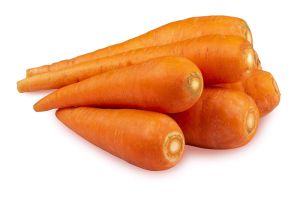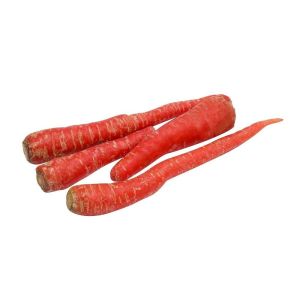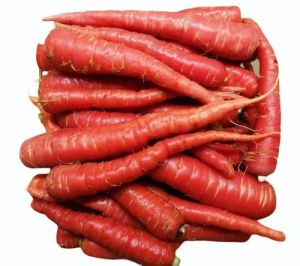-
Supply Type
Manufacturer, Exporter, Supplier
Preferred Buyer From :
All over the world
An Introduction The Carrot (daucus carota subsp. sativus) is a perennial plant of the parsley family, which is widely cultivated in many varieties in temperate and tropical regions. It is basically a....
View More Details



